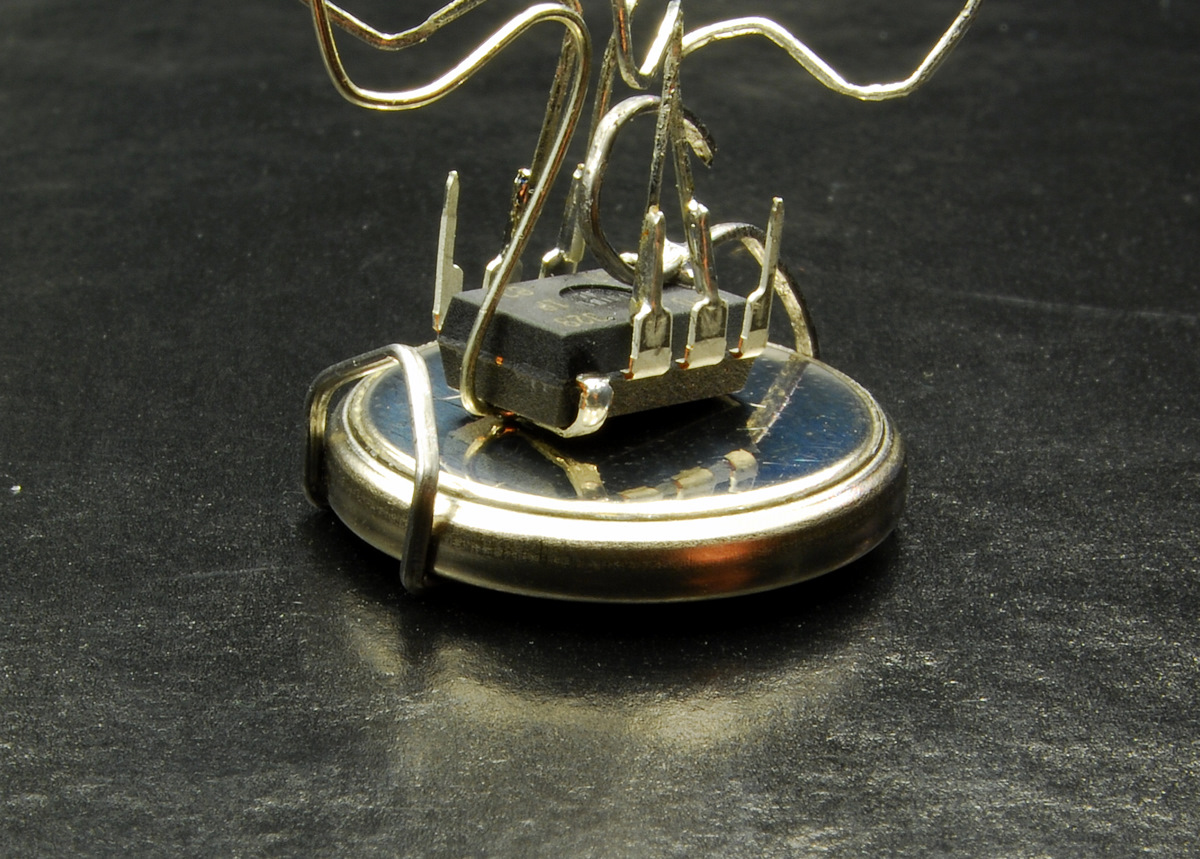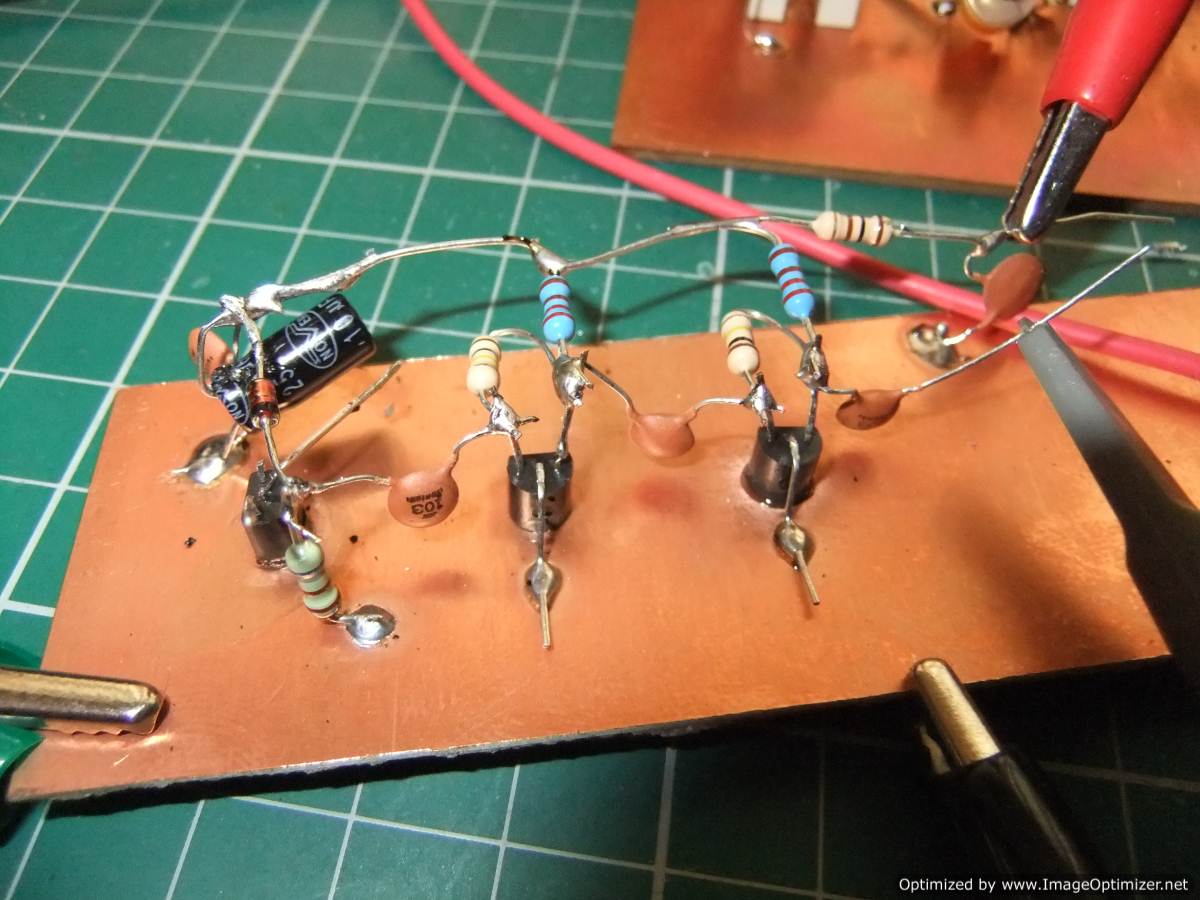uranium_jones
Well-known member
Guys, I was converting a schematic to a pcb layout yesterday, and I was thinking about how neat/easy it would be to just have everything be SMD. I did have to solder up some mic signal conditioning boards for my grad school research, and while it was tricky at first, I do remember eventually getting the hang of it.
Any tips for doing SMD-based design? I guess the questions on my mind include:
-What size components are a good choice? I'm guessing 0805. I should be able to find a decent amount of Rs and Cs in that size, I would think.
- Where is the best place to get components? Tayda seems to be the go-to for through-hole, but their SMD selection seems to be lacking. Would prefer someplace with good shipping prices, especially.
- I'm going to see if I can find a smaller chisel tip for my soldering iron, but anything else I absolutely have to have? I've got powerful magnifiers but no microscope or anything. I've got both a flux pen and a tub of flux goop. Tweezers too. My solder is currently 0.8mm/0.031" 60/40.
Any other general advice would be good. I'm not planning on going the paste route, because there are enough videos out there showing that you can use a good old fashioned iron. It's not like I'm going to be making boards with a thousand components.
Any tips for doing SMD-based design? I guess the questions on my mind include:
-What size components are a good choice? I'm guessing 0805. I should be able to find a decent amount of Rs and Cs in that size, I would think.
- Where is the best place to get components? Tayda seems to be the go-to for through-hole, but their SMD selection seems to be lacking. Would prefer someplace with good shipping prices, especially.
- I'm going to see if I can find a smaller chisel tip for my soldering iron, but anything else I absolutely have to have? I've got powerful magnifiers but no microscope or anything. I've got both a flux pen and a tub of flux goop. Tweezers too. My solder is currently 0.8mm/0.031" 60/40.
Any other general advice would be good. I'm not planning on going the paste route, because there are enough videos out there showing that you can use a good old fashioned iron. It's not like I'm going to be making boards with a thousand components.





